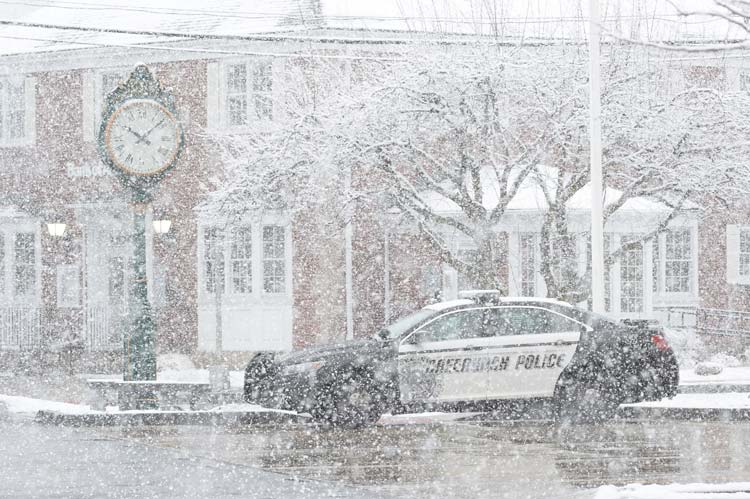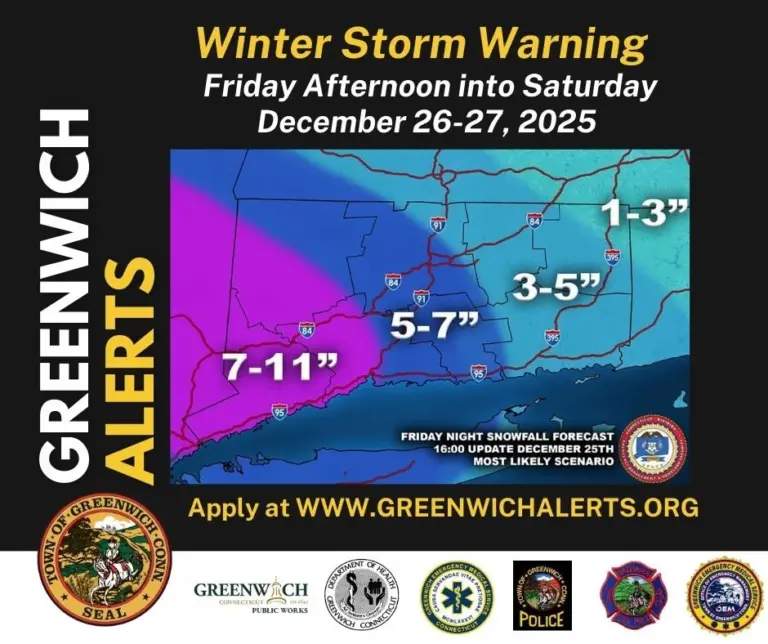By Clay Kaufman
There are many aspects of the college application process that can feel stressful, but visiting colleges should be fun and rewarding. It can feel like a bit of a whirlwind, and there are strategies that can help you make the most of your visits.
Processing college visits. It takes strong executive functioning skills to plan and carry out effective college visits. The first step is to limit each trip to two to three colleges so that you have time to get to know the colleges and aren’t overloaded with information, making it hard to remember how you felt. And being exhausted may affect the way you view a college. Here are some tips:
• Let them know you are coming! Especially at smaller private colleges, registering ahead of time not only ensures that you get the tour, but small colleges take into account whether you are serious enough to have visited. Check in with the admissions office when you arrive so they know you were there, even if you wander around the campus on your own.
• Take photos! Make the first photo a picture of the front gate of the college (including its name) so you remember which college the photos are from.
• Eat lunch in the cafeteria if you can. You will get a good sense of what the students are like, and it’s easy to approach students at lunch if you have a question. Remember, most students love talking about their college!
• Take the campus tour and ask questions. Most tours are led by students, and they can give you an insider’s perspective.
• Have a list of questions ready that you can ask at each campus, so that you have some points of comparison.
• After the tour, write a short thank you note to your official admissions officer. If you bring a stamped thank-you note and envelope with you, you can write it before you leave and drop it in the mail. That note goes into your file, and shows that you are engaged in the visit. It can definitely help in the admissions process at many schools.
Evaluating campus visits
• Make a spreadsheet with categories such as campus facilities, activities, students, dorms, academic opportunities. Then fill in the spreadsheet right after your visit while the visit is fresh in your mind.
• Students: you will like some of the colleges you visit, and you won’t like others. That’s to be expected. At some colleges, you may not have a great first impression, but follow through and take the tour so that you really have a chance to see what the campus is like.
• Parents: recognize and accept that the purpose of the visits is to find schools your child likes and doesn’t like. It’s productive if your child realizes they don’t like a particular school. When I was serving as a college counselor, one of my students visited three colleges with her dad. After the visits, he called me up and said “Clay, the trip was a disaster. She hated all three colleges—she is too picky. We got nothing out of the tours.” She took the next trip with her mom, who called me after the trip and said “The trip was a disaster. She loved all three colleges we saw, and seems just to like everything.” Of course, the answer was that their daughter found some colleges she liked and some she didn’t, which is the whole point. Often your child will have very specific reasons for not liking a college (too small, too rural), but their reasons for liking a college may be more instinctual (“it just felt right”). That is normal!
• Be sure to visit small schools, medium-sized schools and large schools, so that you get a practical sense of what those sizes feel like. For most students, talking about a “college of 5000” doesn’t mean much in the abstract. When I visited colleges with my son, we visited several small schools (fewer than 1800 students) and it quickly became clear that he wanted a larger college. The trips were enlightening for him.
• Visiting small, medium and large colleges that are nearby is a great way to start, as they are easy to visit, even if they are not on your list of colleges. They give you perspective.
More than anything, enjoy the visits! It’s exciting to see campuses and think about next steps, and visiting colleges is low stakes. The goal is just to get a better sense of what colleges might be a good fit, and parents and children can have great conversations about what the child thought about each school, and what aspects of a college seem most important. One tip for parents: try to keep your opinions to yourself! If you think a college is perfect for your child, that’s fine. Keep it to yourself, and instead ask and listen to your child’s opinions and be supportive.
As you visit more schools, you will get a better sense of what colleges might be a good fit. There are many other aspects to the college process that can be stressful, but visiting colleges is great bonding time, and it’s fun to see what is out there.
Clay Kaufman, a longtime educator and school leader, is former Head of School at The Cedar School, a high school for students with language-based learning differences, such as dyslexia, here in Greenwich.




